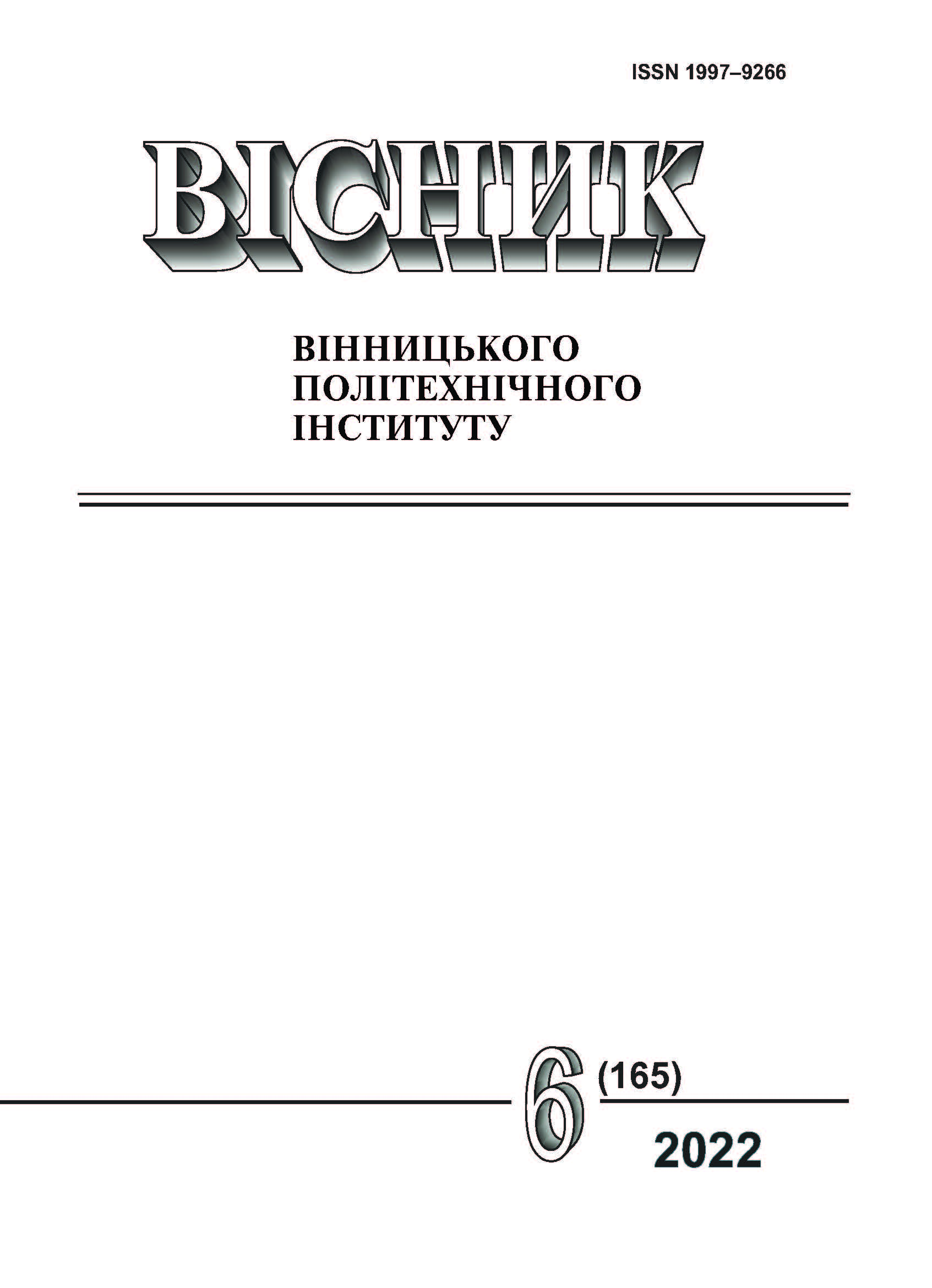Load Distribution Method on the Axle of a Truck Vehicle
DOI:
https://doi.org/10.31649/1997-9266-2022-165-6-65-68Keywords:
vehicle, driver, load distribution, cargo transportationAbstract
The vast majority of highways today was built about 50—60 years ago and had a design maximum load capacity of 5…6 tons per axle, and the total weight of the vehicle should not exceed 24 tons.
Thus, the distribution of the load between the axles of the vehicle is quite important. In accordance with the norms of the current legislation, there are appropriate norms for the load on the axles of vehicles. First of all, unevenly loaded car axles lead to mechanical damage and a decrease in the car's service life. Secondly, there is a negative impact on the road surface, especially when the ambient temperature is high enough and in places where vehicles brake intensively. In this article, we analyzed the factors that affect the load distribution on the axles of a truck and developed a methodology that will help solve this issue. To improve the process of transportation and equal distribution of the load between the axles of the vehicle on the axle, many companies use different software, which greatly simplifies the solution to this issue.
The purpose of the article is to analyze the existing methods of influencing the load distribution on the axles of a two-axle vehicle that uses a trailer.
When using a trailer, a force occurs on the hook of the vehicle, which in turn affects the distribution of the load on the axles of the car and significantly adds additional load to the rear axle. The data obtained in the article and data from the analysis of the literature on the distribution of the load on the axles show the following distribution: 35% on the front axle and 65% on the rear axle. During the movement of a vehicle with a trailer, depending on the weight of the trailer in dynamics, the weight can reach a distribution between the front and rear axles of 20 and 80%, respectively. The method developed and presented in the article allows you to quickly determine the distribution of the load on the axles of the vehicle and take measures for rational redistribution.
References
М. М. Пономарьов, «Ваговий контроль на автошляхах України,» Асоціації «Аграрних перевізників України», 2016. [Електронний ресурс]. Режим доступу до ресурсу: http://artimmer.com/ua/publicacii/%D0%BF%D1%80%D0%B0%D0%B2%D0%BE%D0%B2%D0%B8%D0%B9-%D0%BB%D1%96%D0%BA%D0%B1%D0%B5%D0%B7/268-vagovij-kontrol%60-na-avtoshlyaxax-ukra%D1%97ni .
Л. О. Рижих, С. Й. Ломака, Д. М. Леонтьєв, О. М. Красюк, і А. А. Чебан, «Моделювання динамічної зміни тиску на виході з РГС на основі його статичної характеристики при зміні вертикальних навантажень на осях транспортного засобу,» Вісник Вінницького політехнічного інституту, № 2, с. 89-92, 2010.
М. М. Потапов, «Підвищення ефективності функціонування елементів шасі повнопривідних колісних засобів транспортую.» дис. канд. техн. наук, 05.22.20, Харків, 2021, 235 с.
Goodloading, Optimal planning of cargo space, 2022. [Electronic resource]. Available: http://www.goodloading.com/ .
Downloads
-
PDF (Українська)
Downloads: 1137
Published
How to Cite
Issue
Section
License

This work is licensed under a Creative Commons Attribution 4.0 International License.
Authors who publish with this journal agree to the following terms:
- Authors retain copyright and grant the journal right of first publication.
- Authors are able to enter into separate, additional contractual arrangements for the non-exclusive distribution of the journal's published version of the work (e.g., post it to an institutional repository or publish it in a book), with an acknowledgment of its initial publication in this journal.
- Authors are permitted and encouraged to post their work online (e.g., in institutional repositories or on their website) prior to and during the submission process, as it can lead to productive exchanges, as well as earlier and greater citation of published work (See The Effect of Open Access).





